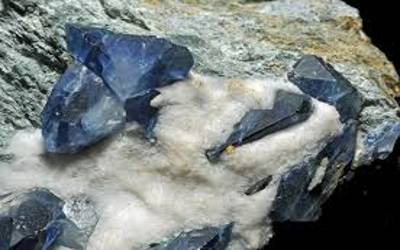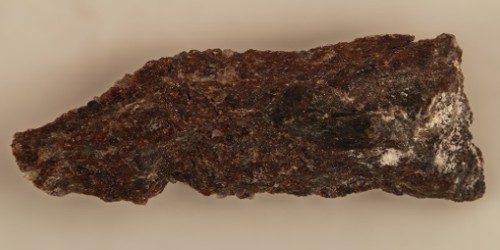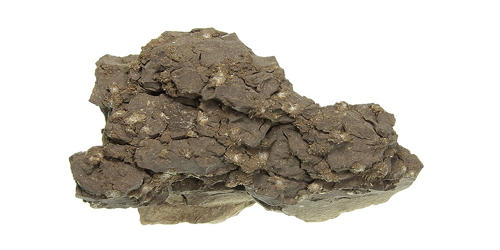Crossite is an inosilicate double chain sodic amphibole and is a rare silicate mineral belonging to the riebeckite group. It is an amphibole intermediate in composition between glaucophane and riebeckite. It is considered an intermediate between the amphiboles glaucophane and magnesioriebeckite, which form a series. IMA status: discredited 1997.
Crossite is named after Charles Whitman Cross, an American USGS petrologist.
General Information
- Category: Amphibole – Inosilicates
- Formula: Na2(Mg, Fe)3(Al, Fe)2Si8O22(OH)2
- Lustre: Vitreous
- Hardness: 6
- Crystal System: Monoclinic

Properties
- Color: blue, blue-green
- Mohs scale hardness: 6
- Streak: light blue
- Cleavage: {110} Perfect, {010} Good
- Density: 3.16
- Diaphaneity: Transparent to translucent
- Fracture: Brittle – Uneven – Very brittle fracture producing uneven fragments.
- Luminescence: Non-fluorescent.
It is marked by its bright blue color and is frequently observed in the crystalline schists of the Coast Range in California.
Information Source:
















